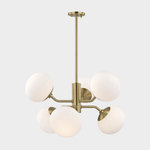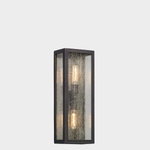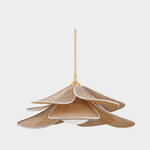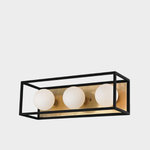Once you’ve selected the bolder colors you’d like to use in your home, anchor them together with neutrals that have a subtle undertone of the same color and color temperature. “That’s the key to linking all colors, to make sure that the undertone of one works with the undertone of the other one,” Briggs says. Tip: Not sure how to identify the undertone? “The only way you can properly discover a neutral’s undertone is by comparing it with the purest version of the same type of neutral,” Briggs says. “So if it’s a white, compare it to a paint such as Dulux Vivid White. It helps to look at the color outside, as sunlight will usually reveal the undertone.”
Another way to use different colors in different rooms without creating a jarring effect is to choose colors of the same saturation levels. Rennie says Haymes Paint’s Blended Neutrals palette, which is a selection of neutrals in which the undertones are highlighted, was developed with this concept in mind. “These colors can be scattered through the house, and every room can look quite different, but because they’re all similar in saturation, they feel alike.






This room’s 9 colors are tonally similar, muted and not very colorful; when they’re brought together they build depth and interest.
Q